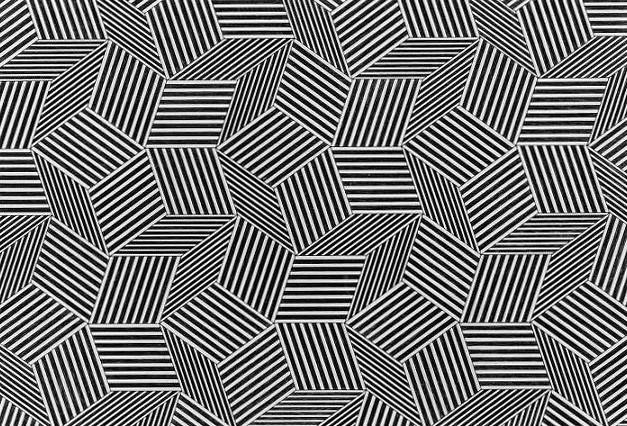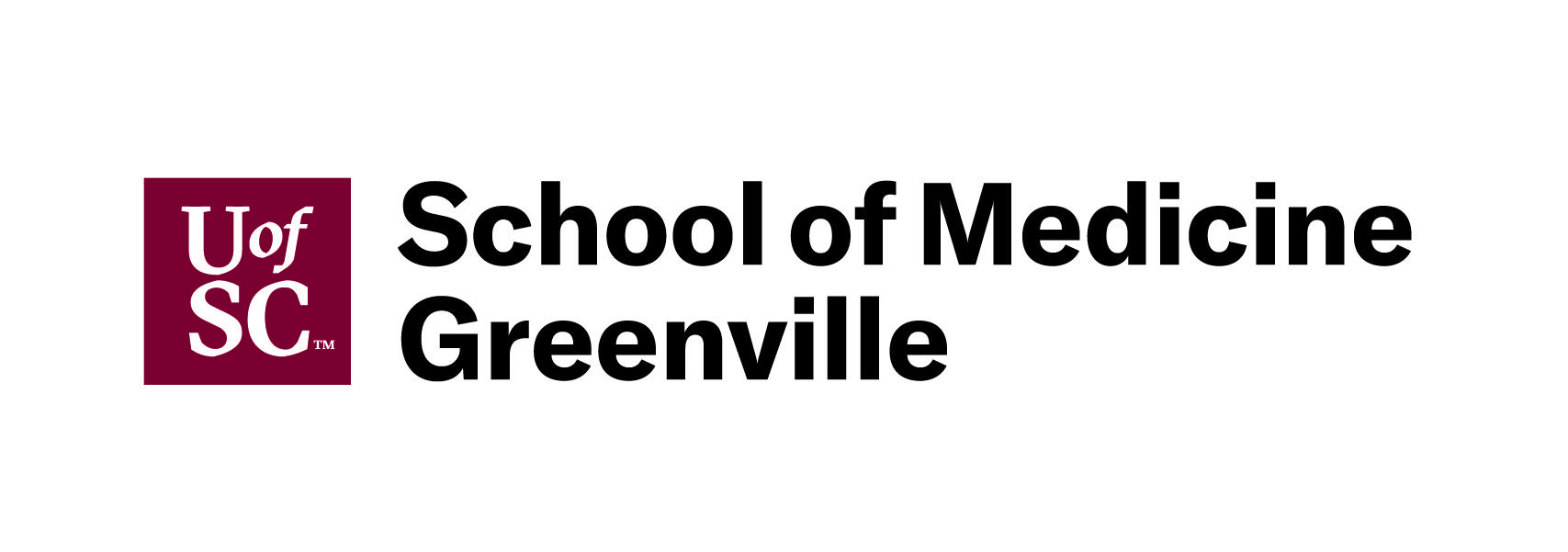
Get the latest articles delivered directly to your inbox!
Our Contributors
Class of 2022
Kyle Duke
Austin Foster
Charlotte Leblang
Ross Lordo
Class of 2021
Dory Askins
Connor Brunson
Keiko Cooley
Mason Jackson
Class of 2020
Megan Angermayer
Carrie Bailes
Leanne Brechtel
Hope Conrad
Alexis del Vecchio
Brantley Dick
Scott Farley
Irina Geiculescu
Alex Hartman
Zegilor Laney
Julia Moss
Josh Schammel
Raychel Simpson
Teodora Stoikov
Anna Tarasidis
Class of 2019
Michael Alexander
Caitlin Li
Ben Snyder
Class of 2018
Alyssa Adkins
Tee Griscom
Stephen Hudson
Eleasa Hulon
Hannah Kline
Andrew Lee
Noah Smith
Crystal Sosa
Jeremiah White
Jessica Williams
Class of 2017
Carly Atwood
Laura Cook
Ben DeMarco
Rachel Nelson
Megan Epperson
Rachel Heidt
Tori Seigler
Class of 2016
Shea Ray
Matt Eisenstat
Eric Fulmer
Geevan George
Maglin Halsey
Jennifer Reinovsky
Kyle Townsend
Join USCSOMG students on their journeys to becoming exceptional physician leaders.

What’s in a name?
I would like to talk for a minute about why anatomy is special here. But it might not be in the way you’d expect. There’s no doubt, the glass windows lining the third floor lab are wonderful. They fill the room with natural light and make for an energizing afternoon lab or a beautiful sunset-studded evening study session. And the high-definition touch screen monitors that flank each dissection table? They’re pretty darn cool. Whether we’re pulling up a particular atlas diagram or Googling another Latin root to solve the latest Dr. Black puzzler, the technology is an invaluable asset to our learning. It is truly one of the premier labs in the country for anatomical study. But what’s really important comes in that white paper above each table. It comes not in some new gadget or architectural innovation but in something that’s missing. In simple black type, the donor’s age, occupation, and sometimes cause of death is listed. But a name, the most basic human identifier is missing — glaring and conspicuously absent.
“We invite you to use the language of donors.” That’s one of the first things we were told in our gross anatomy experience. We would not learn the names of these individuals, nor would we supply our own, as is the tradition at some medical schools. Whether this idea was born out of concern for donor’s privacy or respect for their humanity, I am not sure. Either way, it is good one. A name is a powerful thing; it conveys the nature, the very essence of someone or something. To name is to imply knowledge. And that’s what we do all throughout medical school. Learning names — whether muscles, nerves, arteries or osteology — is how we compile knowledge. In this scientific world of medical school, collecting and applying knowledge is the basis of our education. So the temptation is there, but to name our donors would be trivializing. Anything we produced would be a paltry stand-in, a facsimile. A name would divorce our work, our learning, from the fullness and depth of the donor’s humanity. That knowledge, the knowledge of the person lying before us, belongs to life. It belongs to friends and family, and it is something that we cannot and will not obtain no matter how many hours we spend buried in the books.
This lack of knowledge, this absence of knowing, is a fitting reminder for this early moment of our young medical careers. It is a small check, a pinprick in the bubble of hubris that comes so easily with the donning a fresh white coat, the fastening of a shiny new hospital badge or the sudden onslaught of “hey, can you look at this…” questions from friends and family. We know little of the art of healing, and thus we are granted little knowledge of our “first patients.”
We, in our ignorance, are not granted the knowledge of the names of our donors. The name we do know, however, is the most powerful reminder of all. It is the language of gift. Donation. It is a testament to the profound gift we have received, one that has indelibly marked our medical careers. To borrow the words of Lebanese poet Khalil Gibran, “You give but little when you give of your possessions. It is when you give of yourself that you truly give.” Our donors chose to give of themselves in the deepest sense, sacrificing their very physicality into our untrained hands.
As we progress in our education, we will move from the anatomy lab into the hospital. With the knowledge imparted by the donor’s gifts, we will grow into the privilege and responsibility of deeper relationships with our patients. For now, we go forward thankful for the humility, the education, and the reminder that came with not knowing a name.
I’m a first year student who grew up in the small Pee Dee town of Marion, South Carolina, before heading up to Durham, North Carolina, for an undergraduate education (and a few basketball games) at Duke University. After a year working in community health at Duke, I was primed to begin the study of medicine. USC School of Medicine Greenville’s attention to communities and commitment to teamwork brought me back to South Carolina (the amazing facilities didn’t hurt either). I’m interested in primary care and thinking about how physicians’ moral frameworks affect their practice of medicine. Most of all, I’m excited to be part of this new school and look forward to reflecting together with my classmates as we make our way through these formative years.
Kristin Lacey
Copyright 2021 USC School of Medicine Greenville


